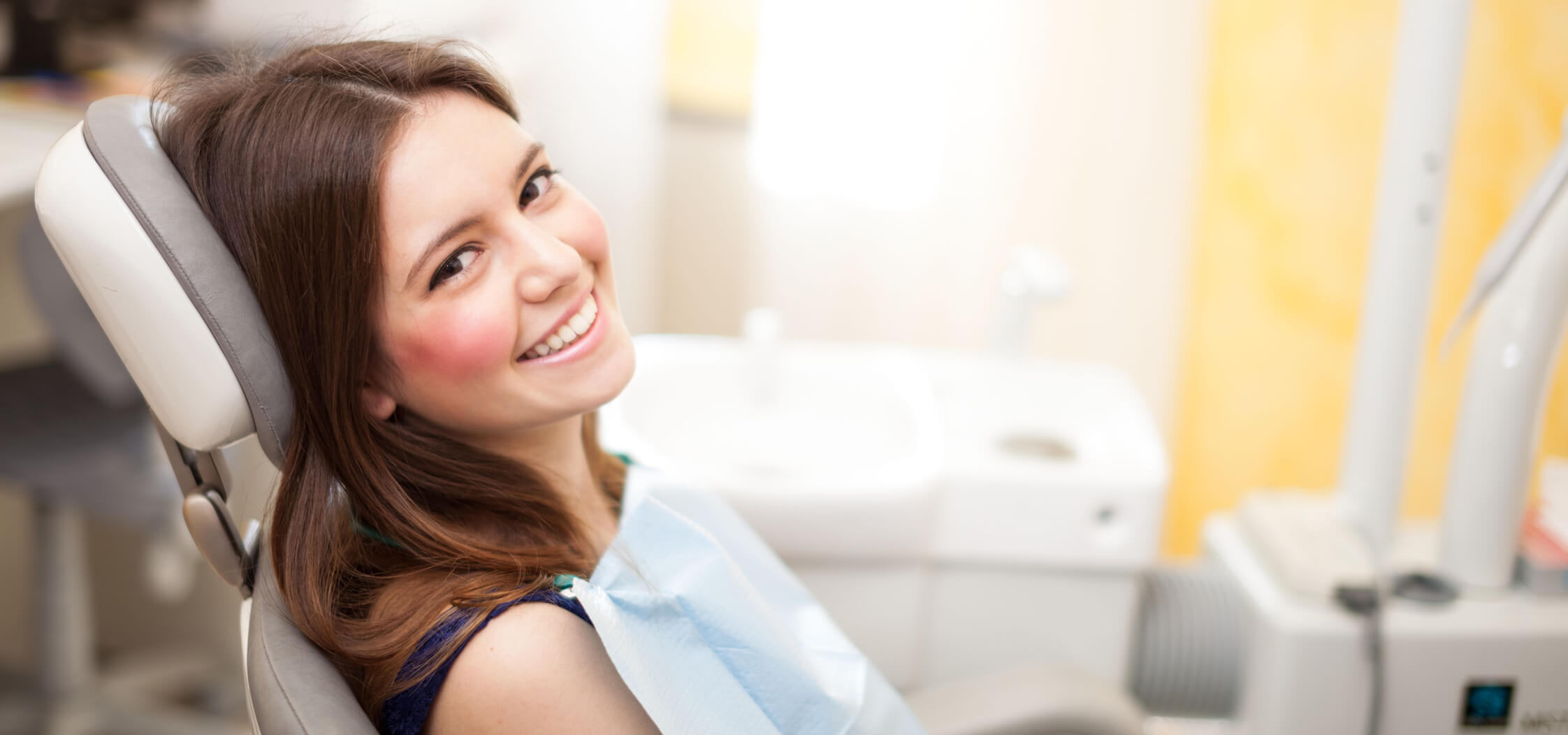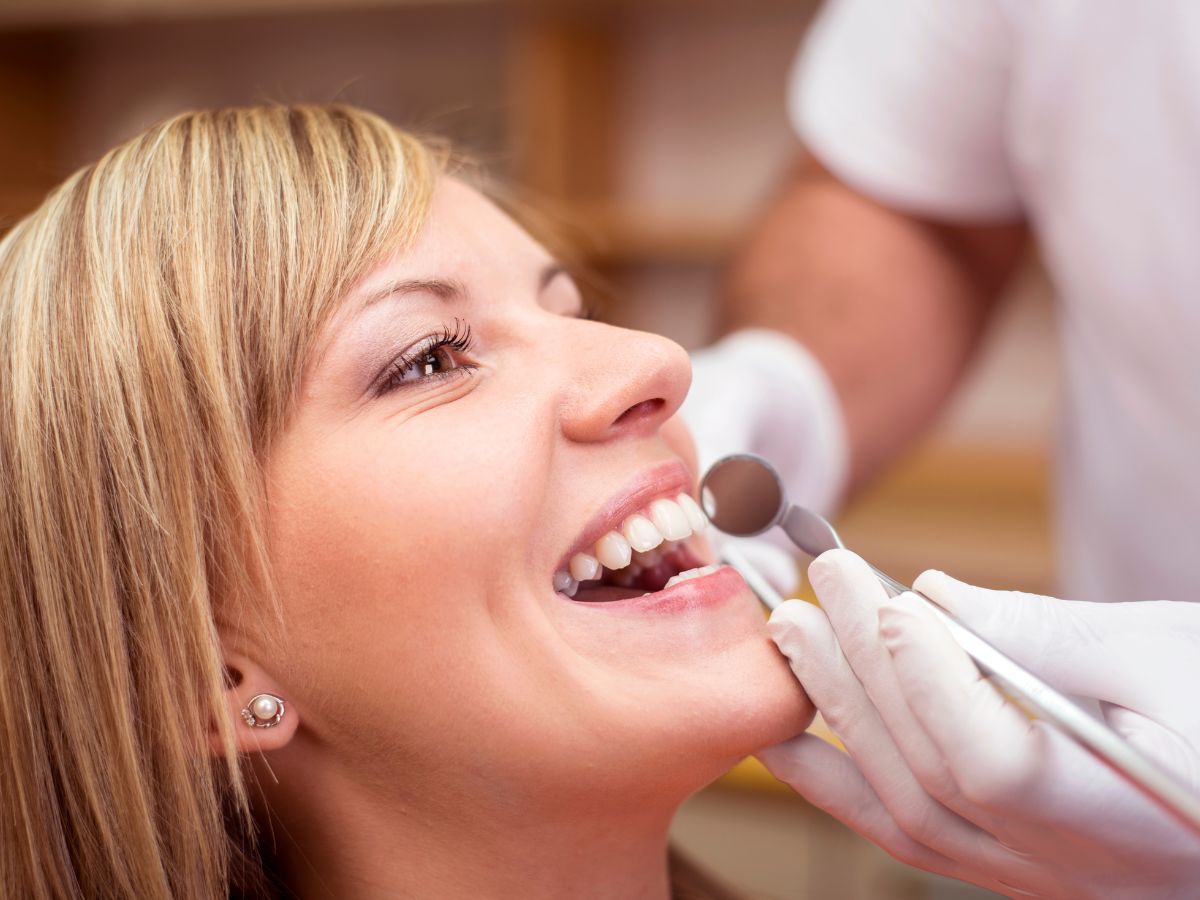If you had braces before the 21st century, you’ll notice that today’s braces have changed drastically! Braces are now more compact, durable, efficient and discreet than ever before.
Let’s dive into the evolution of braces to see where orthodontics started, compared to where it is now.
Braces then and now
Teeth braces were first introduced in 1819 by French orthodontist, Christophe-Francois Delabarre! As you can imagine, the first type of braces wasn’t exactly aesthetically-appealing. These braces were made from a cord composed of animal skin, which was also referred to as ‘catgut’ – YIKES.
During this time, headgear was also commonly used to establish an anchor that would guide the top and bottom jaw bones into alignment. (Today, we can do this with rubber bands/elastics attached to a hook on the top and bottom braces.)
Before modern advancements, braces featured a cord that was wrapped and winded around each individual tooth. Nowadays, orthodontists attach a bracket to each tooth with a wire spanning through the brackets and elastics (in traditional braces) to hold brackets to wires, moving teeth comfortably and efficiently. This is a much safer, less invasive alternative to wrapping around tooth roots!
At Insoft & Hurst Orthodontics, we offer Damon® self-ligating braces, which are even more advanced, using wires with brackets that have a clip mechanism to hold the wire to the bracket. These braces eliminate the colored ties/ligatures for a more hygienic treatment that requires less friction.
Braces evolution in the 20th and 21st centuries
What did braces look like in the 50s, 70s and 90s?
Braces in the 1950s
In the 1950s, stainless steel was being introduced into orthodontics, but this material wasn’t entirely accepted for use in the field yet. Toward the end of the 1950s, x-rays also started to be used regularly for orthodontic treatment.
While braces were more common in the 50s, they weren’t exactly the type of braces we see today. Braces in the 50s were still wrapped around each individual tooth and bonding adhesive hadn’t been developed for commercial use yet.
Braces in the 1970s
Braces were still wrapped around individual teeth well into the early 1970s. Then, braces in the 70s took a major leap with modern-day technology! Direct bonding (gluing) of brackets to teeth replaced the previous wrapping technique.
70s braces also featured the revolutionary self-ligating technique that didn’t require the use of elastic bands to adhere brackets to wires. Around the 1970s, lingual braces were also invented. With lingual braces, brackets are attached to the back, tongue-side surfaces of the teeth and are completely hidden when a patient speaks or smiles.
However, these techniques weren’t widely-accepted yet, because they required special training from orthodontists who weren’t quite ready to reinvent their approach yet.
Braces in the 1980s & 1990s
Next came the invention of clear braces in the early 1980s, but traditional metal braces took off first. By the 1990s, traditional braces with colored rubber bands were the most popular form of treatment.
This was the same decade that Invisalign® clear aligners were born! From the 1990s on, there were a variety of esthetic treatment options available to everyone. Braces have only become more aesthetically-appealing, more efficient with shorter treatment times, less noticeable, and overall, more desirable than ever before.
Braces evolution: Your options today
Through modern-day orthodontic techniques and technologies, we’re able to offer you advanced forms of braces that (fortunately) don’t require catgut wrapped around each individual tooth!
We take minimal x-rays (using a digital x-ray machine), models of your teeth (using the advanced iTero® digital scanning device) and high-quality diagnostic photos for every patient. All of this, including the consultation visit with our Doctor is free of charge, in order to create a personalized treatment plan that takes into account every aspect of your smile.
Our experienced orthodontists, Dr. Insoft and Dr. Hurst, assess the position of every tooth, as well as the position of your jaw bones, to create a clinically-excellent smile that optimizes not only your appearance, but your bite functionality too.
Providing a personalized patient experience that is both comfortable and modernized is important to us. Choose from modern orthodontic treatments: Damon® self-ligating braces (metal and clear), traditional metal braces, gold braces and Invisalign clear aligners.
- Self-ligating braces enable fewer visits to our office throughout your treatment period, because they don’t require ‘tightening’, like traditional braces do.
- Metal braces use high-quality, stainless steel brackets and wires, with colorful rubber bands to guide your teeth into perfect alignment. You’ll get to choose your braces colors each time we change them!
- Gold braces give you a one-of-a-kind smile while you work toward your dream smile! Gold braces are metal braces with a 24-Karat gold coating. They’re just as effective as metal braces.
- Invisalign treatment allows you to remove your treatment as needed to brush your teeth, floss, eat and drink normally. You won’t have any dietary restrictions with Invisalign – and they’re virtually invisible, so nobody has to know that you’re in treatment!
No matter what your treatment preference is, we have the perfect option to suit your lifestyle. We’re proud to be highly-experienced Invisalign orthodontists near you. As Top 1% Invisalign providers, we’re proud to have treated more Invisalign cases in the last 15 years than any other Invisalign providers in Pinellas and Manatee Counties. With us, you’re in good hands.
Still have questions about modern day braces?
Interested in learning more about braces? Don’t hesitate to reach out to us! Our team at Insoft & Hurst Orthodontics would love to hear from you.
Take the first step to start your treatment journey today! Request your complimentary exam with us at one of our orthodontist offices in St. Petersburg and Seminole.
We’ll help you bring your smile to life!





